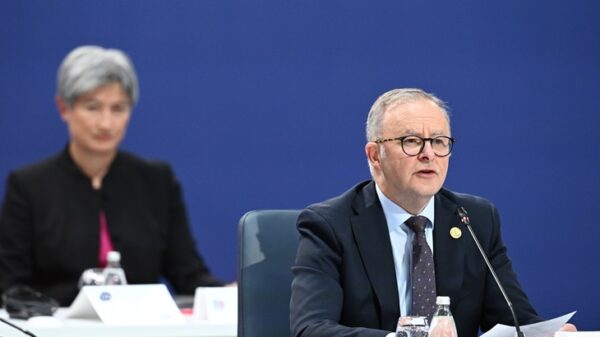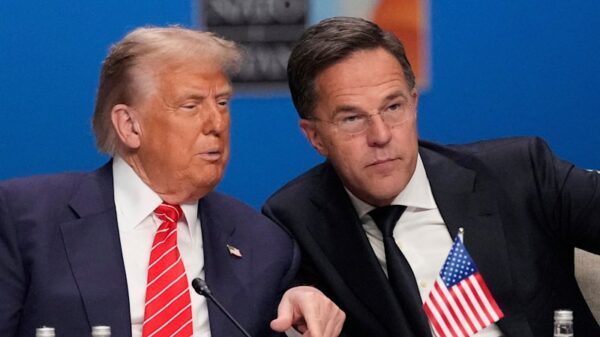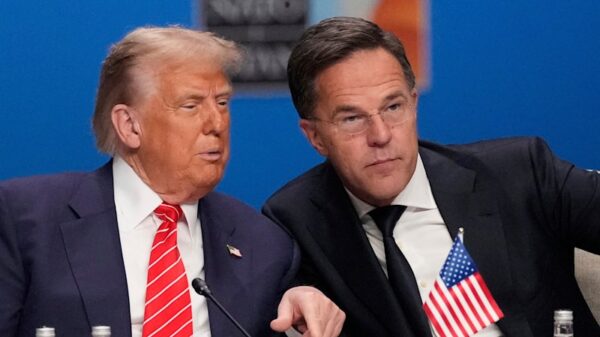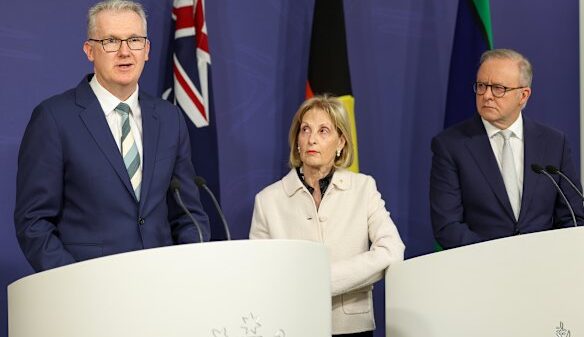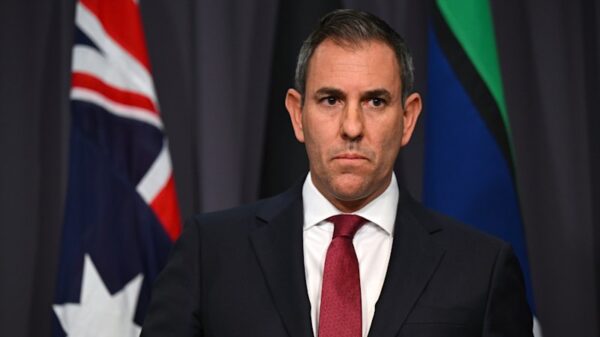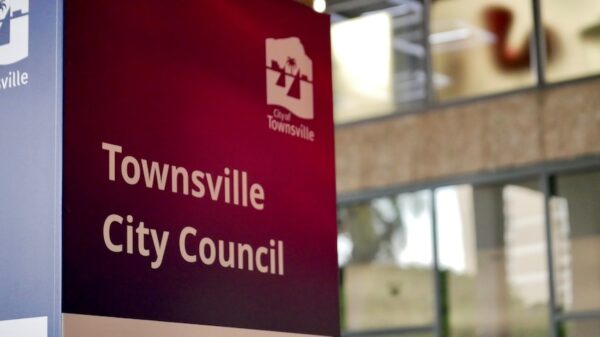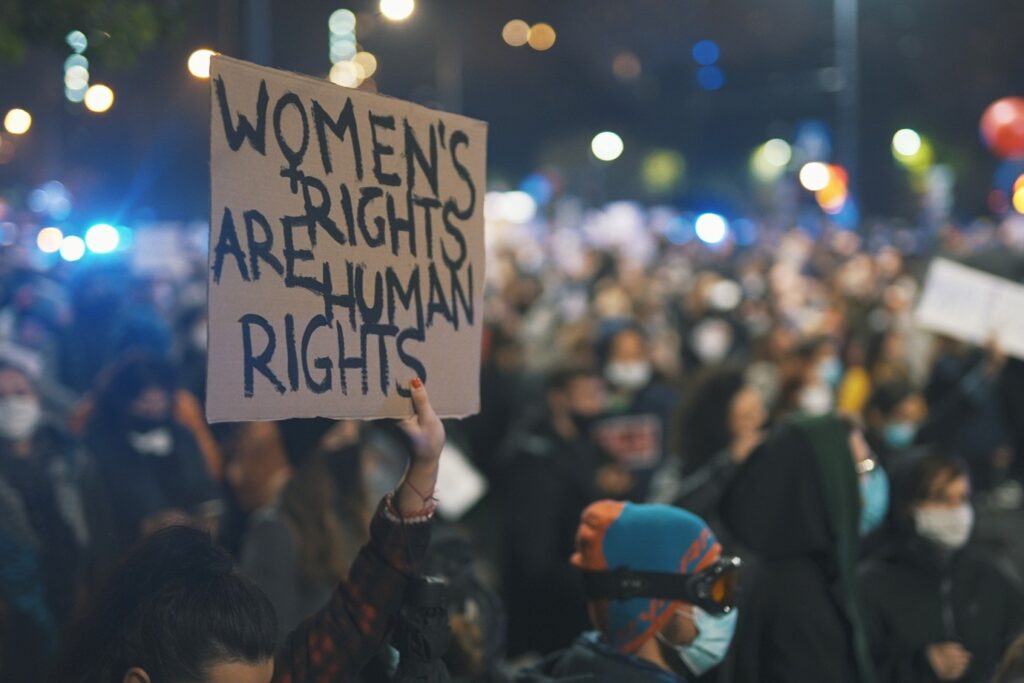Progress towards global gender equality hinges on enhancing legal frameworks, institutional support, and measurable outcomes, according to the newly released 2025 Global Gender Gap Report. This comprehensive study, produced by the World Economic Forum in collaboration with the World Bank’s Women, Business and the Law project, emphasizes that achieving gender parity is not only a matter of ethics but also a strategic economic move.
The report highlights that realizing gender equality in the workforce could potentially increase long-term GDP per capita by an average of 20 percent across various countries. In the realm of entrepreneurship, this shift could contribute between $5 trillion and $6 trillion to the global economy. Furthermore, establishing legal gender equality could help reduce income disparities, enabling developing nations to elevate their living standards closer to those of more advanced economies.
Despite these promising figures, significant legal and policy barriers continue to impede progress. Out of the 190 economies analyzed, 96 do not prohibit gender-based discrimination in accessing credit, while 92 fail to mandate equal pay for equal work. Additionally, 77 countries restrict women from pursuing higher-paying jobs, and 18 still enforce laws requiring wives to obey their husbands.
Legal Frameworks and Gender Parity Outcomes
The findings from the report correlate strongly with the World Economic Forum’s Global Gender Gap Index, which indicates that nations with robust legal frameworks tend to achieve better outcomes in gender parity. These outcomes include increased female labour force participation, enhanced access to education and healthcare, equitable pay practices, and improved political representation for women.
According to Saadia Zahidi, Managing Director of the World Economic Forum, the release of this year’s report is particularly timely as the world faces significant transformations. She stated, “Technological breakthroughs, geopolitical conflict, and economic uncertainty are creating challenges as well as new opportunities. In such a landscape, gender parity is both a principle and a strategy.”
The report reveals that the global gender gap currently stands at 68.8 percent closed, indicating that the world is still 123 years away from achieving full gender parity at the current rate of progress. While the gaps in health (closed by 96.2 percent) and education (closed by 95.1 percent) show substantial advancement, economic participation (closed by 61 percent) and political empowerment (closed by 22.9 percent) lag significantly behind.
Challenges and the Path Forward
While the report underscores the importance of laws and policies in closing gender gaps, it also emphasizes that these must be supported by strong institutional frameworks and positive social norms. For instance, although 98 economies have enacted legislation mandating equal pay for women performing work of equal value, only 35 economies have implemented transparency measures or enforcement mechanisms to effectively address the pay gap.
“To close gender gaps, progress must happen on all three fronts: stronger laws, stronger institutions, and stronger outcomes,” the report asserts. “No single effort is enough. Lasting change depends on aligning all three.”
As the global community navigates through these multifaceted challenges, the findings of the 2025 Global Gender Gap Report serve as a clarion call for concerted action to foster gender equality, benefiting individuals and economies alike.





